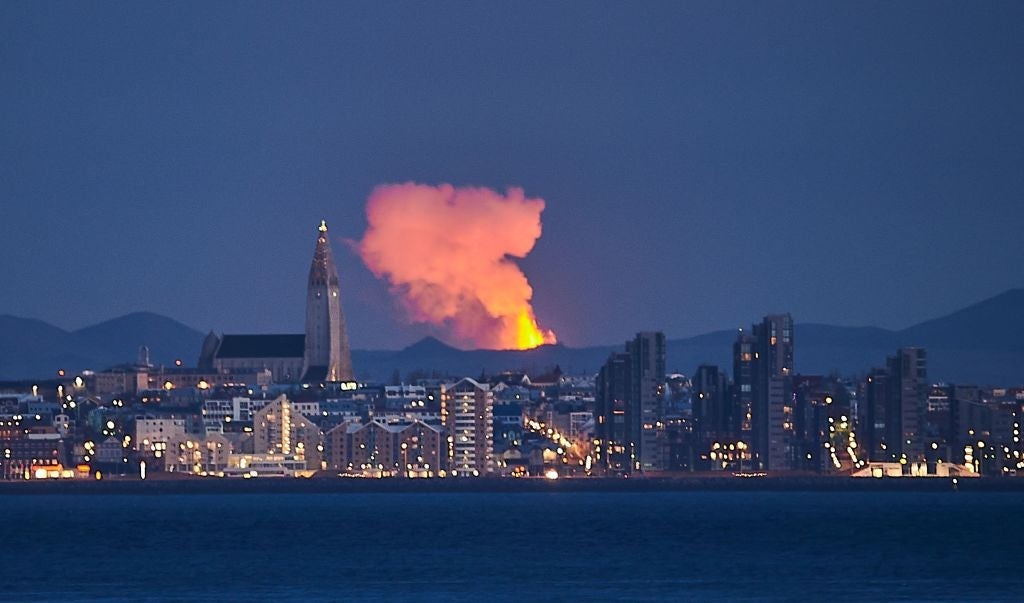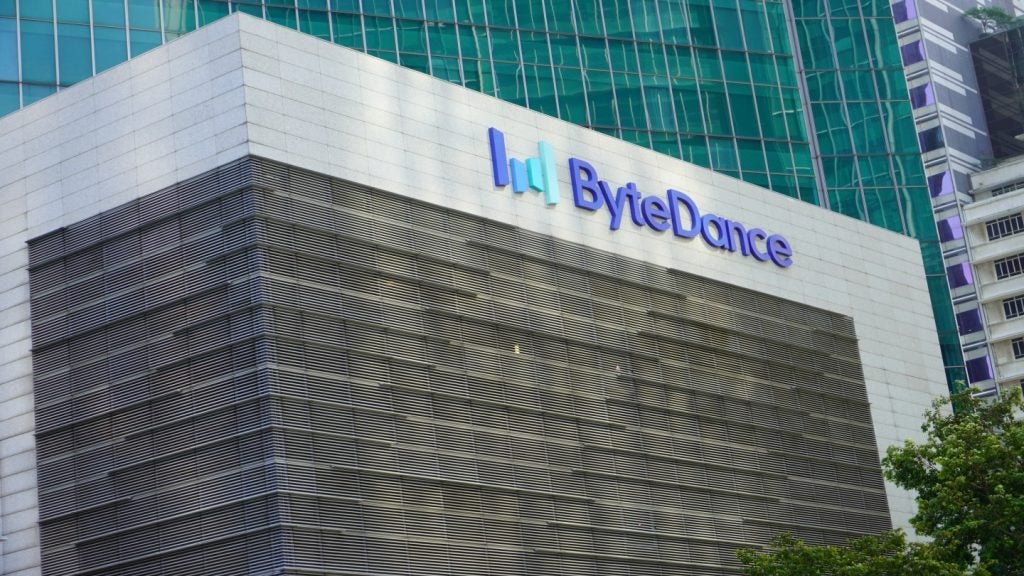
The Icelandic economy has enjoyed a strong recovery since the 2008–11 Icelandic financial crisis. Reykjavik – the capital and largest city of Iceland – has played a crucial role in that recovery.
Starting as a small trading town and believed to be the first permanent settlement in Iceland in AD 874, the Nordic city has always been a national fishing and export hub, and is now integral to Iceland’s economic, political and cultural activity.
In 2019 and 2020, Reykjavik held the lion's share of the country's foreign direct investment (FDI) projects, with eight in total, compared with six in the rest of Iceland. This period also saw an increase in FDI projects in Reykjavik.
This appeal to investors goes beyond the conventional, however, and Óli Örn Eiríksson, head of economic development for the City of Reykjavik and board member of the Icelandic export and market council, believes that the city's strength lies in its thirst for creativity.“ Reykjavik is a creative city," he says. "Every other person is writing a book, every fourth person is in a band or in a choir. People are engaged in creative activity every day. Visitors notice the creative energy and this can-do attitude.”
How well do you really know your competitors?
Access the most comprehensive Company Profiles on the market, powered by GlobalData. Save hours of research. Gain competitive edge.

Thank you!
Your download email will arrive shortly
Not ready to buy yet? Download a free sample
We are confident about the unique quality of our Company Profiles. However, we want you to make the most beneficial decision for your business, so we offer a free sample that you can download by submitting the below form
By GlobalDataHow Reykjavik become a tourist haven
Reykjavik has always had natural charms, but in recent decades it has firmly established itself as a tourist hotspot, with visitors using it as a base to explore Iceland's scenic forests, hot-spring geysers, lagoons and wildlife.
In 2019 and 2020, tourism made up the majority of FDI greenfield projects in Iceland at 38%. Reykjavik experienced a boom in the sector, which has recovered from the volcanic eruption of Eyjafjallajökull in 2010, which caused flights to be cancelled across the world. Eiríksson says: “We had a marketing campaign that said: ‘Do you want to fly across the Atlantic Ocean? Well, you can't. Why? Because of us, Iceland.’ It attracted a lot of attention and we had this amazing tourism boom.”
Eiríksson adds that between 2011 and 2018, Iceland experienced double-digit growth in tourism, and this created pressure within the country – and particularly the main tourist spot of Reykjavik – to keep up with the demands on infrastructure.
The growth across Iceland was rapid, according to Ferda Mala Stofa’s Tourism in Iceland in Figures report, which states that between 2013 and 2017, total visitors to Iceland increased by an average of 8.8% year on year. “The number of hotel rooms in Reykjavik went from something like 2,000 to 5,000; most of them are very recent," says Eiríksson. "This influx of tourism created an influx of investment in tourism infrastructure.”
Iceland has not escaped the impact of Covid-19, however, and in 2020, the country's GDP contributed through tourism was down by 4.1% compared with the previous year. The 2021 OECD economic survey of Iceland projected GDP growth of 4.7% related to tourism in 2022. However, it highlighted that this hinged on pandemic-related travel restrictions being lifted to allow for the return of foreign visitors.
In February 2022, the Icelandic authorities lifted all Covid-19 restrictions, meaning international visitors could travel to the country regardless of their vaccine status.
Fishing for success
Historically, Reykjavik has been known for hosting a successful blue economy. Indeed, Eiríksson proudly says: “The seafood from Iceland is one of the highest valued in the world.”
Frozen fish exports form the largest part of Iceland's fisheries market, boasting double the export weight of the second biggest sub-sector, fresh and chilled fish. Eiríksson explains that Iceland prides itself on how streamlined its fishing practices are, explaining that for every quart (a unit of liquid measure equal to a quarter of a gallon) roughly 98% is used with only 2% waste. He compares this with other global fishing practices that can see up to 60% waste.
This resourcefulness is a characteristic of Iceland. In 1960, there was a herring shortage in the country, which caused Reykjavik to rethink its economic strategy. This led to it specialising in sustainable energy sources.
Reykjavik powers up
“[Following the herring shortage] the country was in crisis," explains Eiríksson. "So we started looking for other avenues of industry. In 1962, a hydroelectric power plant was built and an agreement with a Swiss company created an aluminium smelter just south of Reykjavik. That was really the first big foreign investment into the country.”
In 2021, 82% of Iceland's primary energy needs were provided by hydroelectric and geothermal power stations. Furthermore, 100% of the country's electricity was created from renewable sources, making Iceland one of the greenest places in the world, with only 3% of the average global carbon footprint.
This renewable energy approach has built strong aluminium, silicon and data centre industries in the country. Foreign investors include Alcoa, Rio Tinto and Elkem (now owned by China National Bluestar Group).
There has also been a spotlight on education in Reykjavik, with rates of tertiary enrolment increasing significantly between 2000 and 2018. A focus on building a robust life sciences sector and data centres is working, and is helping the city make up for the shortfall in tourism revenues during the pandemic.
Reykjavik has three universities, which make up a science park in the city. They are the University of Iceland, the National University Hospital of Iceland and the University of Reykjavík. “The science city is our location for knowledge-intensive industries, data sciences and biotech,” says Eiríksson.
The speed of development in Iceland over the past few years has put the spotlight on its capital city. Between 2017 and 2021, Reykjavik's population grew by approximately 2,000 year on year. It currently stands at about 136,000.
Like the pressure of the thermal springs simmering underneath Iceland, the city of Reykjavik is laying the groundwork to erupt. As the city plots a recovery for its tourism sector and builds towards utilising extensive experience in energy across other science-focused sectors, the pressure to succeed looks set to continue for the city of Reykjavik.
A city as picturesque and advantageously located as Reykjavik could be excused for just raking in the tourism dollars and sticking to its fishing. However, the city's expertise when it comes to tech and renewable energy places it nicely within two areas that figure prominently on investors' radars. The tourists will return in the post-pandemic world, but Reykjavik will not be as dependent upon them as it once was.
This article forms part of Investment Monitor's Future of Nordic Cities series. We have already profiled Stockholm, Helsinki, Copenhagen and Bergen, and in the coming weeks we will cover Malmo, Oslo and Gothenburg.






